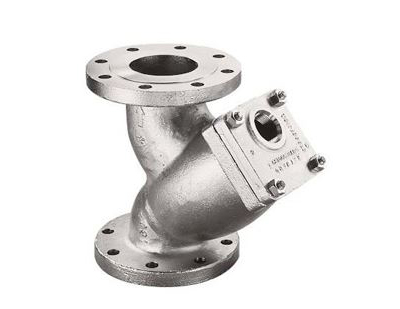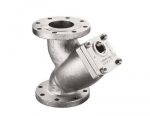Food and beverage processing requires a lot of water. Whether it’s steam in the preparation or cleaning of dishes and flatware, or as an ingredient in food or beverages, water comes into contact with just about every edible or drinkable item in the food industry. That means the quality of the water used in food preparation or service must be monitored and managed to ensure not only that it tastes good, but also that it is safe for employees and customers.
Making sure water is safe to consume often requires the installation of a water filtration system. The quality of tap water greatly varies depending on where you are located. In some areas, there are higher levels of sediment, chemicals or organic matter in the water, which means that there is a likelihood that not only is the water not ideal for consumption, but it’s also damaging to equipment. Filtration systems will improve the lifespan of equipment that uses water.
How is Filtration Used in the Food Processing Industry?
Water filtration systems are typically used on any type of food processing equipment that uses water. This can include everything from the machinery in large food processing plants to smaller equipment in restaurants and school cafeterias.
When equipment or machinery that use water is run, over time it will develop a build up of scale (mineral deposits), which can lead to equipment breakdowns, malfunctions or even contamination of the food or beverage that is being processed. Using water filtration systems on food processing equipment will help prevent the scale build-up as it filters the water that is used in the equipment.
Water filtration removes sediment, chemicals, minerals and organic matter from water, improving the taste and smell, and safely eliminating contaminants that may be dangerous for the people who will consume the products being processed.
Which Areas are At Risk in Food Processing?
There is a presumption of both quality and safety in the American food and beverage industry by consumers. That is due to, in large part, the fact that there are standards and regulations by which food and beverage processes must abide. The quality burden often rests on the machinery or equipment that are used in processes. Thus, the need for water filtration systems is more than simply wanting to provide consumers with quality products—it is also crucial for the continued operation of manufacturers.
Improved water quality has highlighted filtration in recent years, and rightfully so. Water is a prevalent ingredient, cooking method and means of cleaning. Additionally, air power is used to operate pneumatic machinery, move food products, and sometimes add texture to those products. Water (liquid or steam) and air can easily transfer microbials or other contaminants into the food products, packaging or surfaces on which food comes into contact.
While every process is different depending on the equipment being used, there are generally three areas in the food and beverage process where filtration is critical:
- Prefiltration: In areas of the facility where water, air or steam sources are first brought in or are generated.
- Intermediate filtration: During the process when water, air and steam move through piping or other equipment prior to making direct contact with food or a surface in which food comes into contact.
- Final filtration: At the end of processing, where there is a last opportunity to manage surviving contaminants.
How Strainers Help Water Filtration Systems
One of the most common ways food and beverage processers ensure that there are no unwanted solids in the water or equipment they use is by installing sanitary strainers in the water piping in the above-mentioned areas. One such type of strainer is the y-strainer.
Click on page 2 to read the rest of this article.



